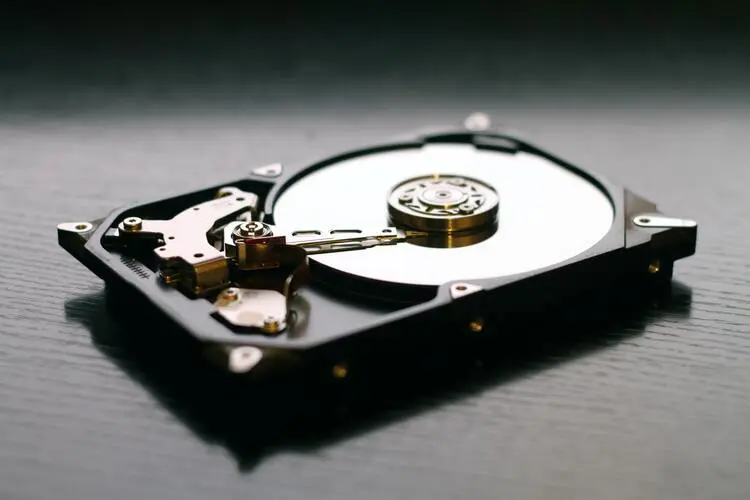What is Disk Imaging? 5 Best Disk Imaging Software.
A Disk imaging, also known as an ISO image, is a file that contains an exact copy of all the data stored on the original storage medium.In this blog post, I’ll cover what disk imaging is, why it matters, and its advantages, disadvantages, and best practices. This includes the file system, operating system, applications, and any other data that may be stored on the disk.
This includes the file system, operating system, applications, and any other data that may be stored on the disk.Disk imaging refers to the process of creating an exact copy of a computer’s hard drives or storage devices, such as a Hard disk, Optical disc (CD, DVD, Blu-ray), or a USB drive. This process is also known as disk cloning or disk copying.
Disk imaging is commonly used for data backup and recovery, system migration, forensic analysis, and other purposes. By creating a disk image, you can ensure that all your files and data are backed up and preserved in cases of a disaster, such as a hard drive failure or a malware attack.
Advantages of Disk imaging:
There are many advantages of storing the data.Lets take a look at some of the benefits of disk imaging.
Quick and efficient recovery:

If your computer crashes or your hard drive fails, having a disk image backup can save you a lot of time and effort in restoring your system. Rather than having to reinstall the operating system, applications, and settings, you can simply restore the entire image to a new drive and be up and running in no time.
Reliable backup:
A disk image provides a complete backup of your system, including all the files, programs, and settings. This means that if you need to recover any data, you can be sure that it will be exactly as it was when the image was created.
Easy to use:
Creating a disk image is relatively simple and can be done using a variety of tools, many of which are available for free. Once you have created the image, restoring it is usually a matter of a few clicks.
Disadvantage of Disk imaging:
Large file size:
Disk images can be very large, often taking up tens or hundreds of gigabytes of storage space. This means that you need to have a lot of free space on your backup device to store the image.
Time-consuming:
Creating a disk image can take a significant amount of time, especially if you have a large amount of data on your hard drive. This can also make it impractical to create frequent backups.
Limited flexibility:
Because a disk image is a complete copy of your system, it can be difficult to selectively restore individual files or folders. This means that if you only need to recover a single file, you may need to restore the entire image, which can be time-consuming and may result in data loss.
Compatibility issues:
Sometimes, disk images created on one system may not work properly on another system. This can be due to differences in hardware or software configurations, which can lead to errors or incomplete restorations.
5 Best software:
1.Clonezilla:
An open-source disk imaging software that can clone disks, create disk images, and restore disks and images.
2.Acronis True Image:
A commercial disk imaging software that can create full and incremental backups, as well as disk cloning and restoration.
3.Macrium Reflect:
A commercial disk imaging software for Windows that can create disk images, clone disks, and restore images.
4.EaseUS Todo Backup:
A commercial backup and recovery software that can create disk images, clone disks, and restore images.
5.Paragon Backup & Recovery:
A commercial backup and recovery software that can create disk images, clone disks, and restore images.
These are just a few examples of the many disk imaging software programs available.
Coclusion:
The conclusion of disk imaging is that it is a very important process for creating an exact copy of a disc. Disk may be a CD,DVD, or a hard drive.Images can be used to replicate the contents of the original disc .It is also very friendly for creating backups and also transfers bulk data form one location to another. However, it is important to note that disc imaging should only be performed on discs or drives that are owned by the user or with proper legal authority, as copying copyrighted materials without permission is illegal.

